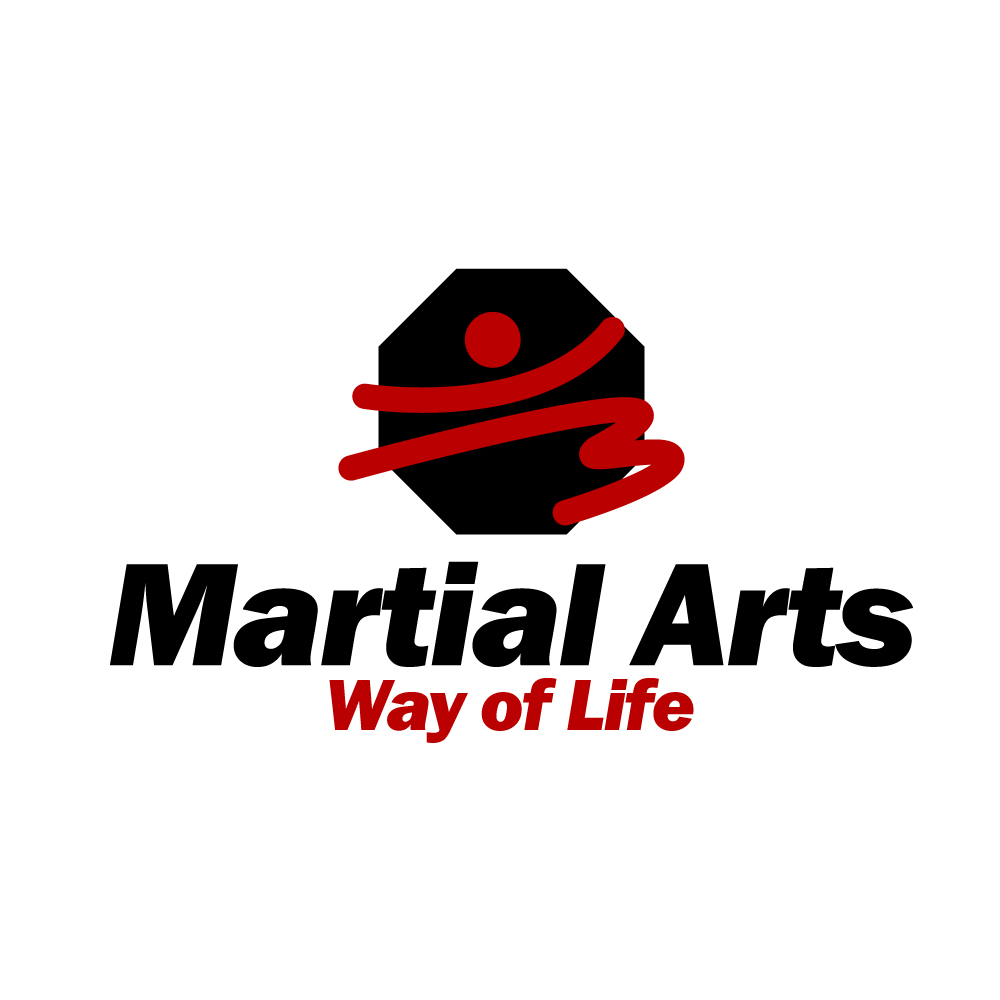A few years ago, I wrote a post titled “Martial Artist or a Student of the Martial Arts?”
I posed the question to my students trying to determine how they saw themselves. There were a variety of opinions on the topic, but today I want to discuss one way of looking at this. I had multiple people tell me that while they were training martial arts, they did not yet consider themselves martial artists because they were not living all aspects of their life like a martial artist would.
The next logical question would be: "How does a martial artist live?"
For this, let’s take a look at the eight aspects of the martial arts way of life that we have outlined for our students at Progressive Martial Arts Academy:
- Fitness - Are you living your life in such a way that you are a healthy and fit individual? Does your body function the way that it should?
- Health & Nutrition - Have you adopted healthy eating habits? Sleeping habits? Most of us know what we should be eating, and how we should be living our lives, but are we following that? This one can be tough.
- Meditation - Have you brought a little bit of meditation into your life? Again, you don’t need to be sitting on top of a mountain cross-legged to say you meditate. At this point, if you have not at least brought it into your life in small ways like taking a few deep breaths and living in the moment, you are ignoring so many studies that have proven its effectiveness.
- Yoga and Stretching - Unless you've been living under a rock, surely you've heard that this stuff is excellent! And you don’t need to be a yogi to benefit from it. A martial artist has to have some yoga or good stretching/mobility routines in their life to recover properly from their training and maintain a level of flexibility and body control that allows them to perform their techniques.
- Philosophy - Being a martial artist also means living your life with the philosophy of a martial artist. That means bringing kindness, humility, respect, and love to all aspects of your life and all people in your life. This philosophy includes things like avoiding fights and confrontations. Do you have road rage? Then you still have some work to do here.
- Striking Arts - Keep those tools sharpened. A good martial artist has something in their life that keeps their striking sharp. For some this is heavy bag work, for others, it might be traditional forms. These are two great methods for keeping your tools ready to go.
- Grappling Arts - You can’t ignore the groundwork either. You may not have taken the full fledge jump into a Brazilian Jiu Jitsu class yet (if not, what are you waiting for!?), but you need to know how to defend yourself on the ground. Something like Jiu Jitsu takes many years to master, so the sooner you start, the better.
- Self Defense - Being able to walk around the world with confidence that you can protect yourself is what enables the martial artist to carry themselves the way they do. You need to be training with a focus on self-defense.
If you have 15 minutes, take a look at this TED talk below. Dr. Chang is discussing how to make hard choices, but she lays out a way of approaching life that can help lay the framework for becoming who you want to be - in our case today, a martial artist.
So, I'll ask you again - Are you a student of the martial arts or a martial artist? If you are still having difficulty labeling yourself as a martial artist, is there an area of your life that you can work on aligning your lifestyle with the items listed above?
Most importantly, keep training!
Do you need help "becoming a martial artist"?
Some of you may have a few of the items above taken care of because you have begun training in martial arts, but may still be struggling with the elements outside of the academy such as your nutrition and lifestyle.
Most people know that regular movement, eating well, sleep, and stress management are important for looking and feeling better, yet they need help applying that knowledge in the context of their busy, sometimes stressful lives.
That’s why I became a Precision Nutrition certified coach - to help PMA students lose fat, get stronger, and improve their health…no matter what challenges they’re dealing with. I accepted my first group of students last summer, and recently had certified PMA instructor, Kristie Fox, get her PN certification so that we can take more students in the program.
We are planning to accept a group of students to begin their program on Monday, July 31st with Coach Kristie.
Interested in starting this one year program this summer?
You can find more information about our nutrition and lifestyle coaching program here:
http://www.pmaoakridge.com/nutrition
Then, send me an email to join the presale list; you’ll save up to 45% and secure a spot in the program. We like to reward the most interested and motivated people because they always make the best clients.
And, you’re more likely to get a spot. To give clients the personal care and attention they deserve, we plan to only open up the program twice a year. In the end, if you’re ready to change your body, and your life, with help from the world’s best habit changing program, this is your chance.
If you're ready to join the presale list now, you can do that here:

































